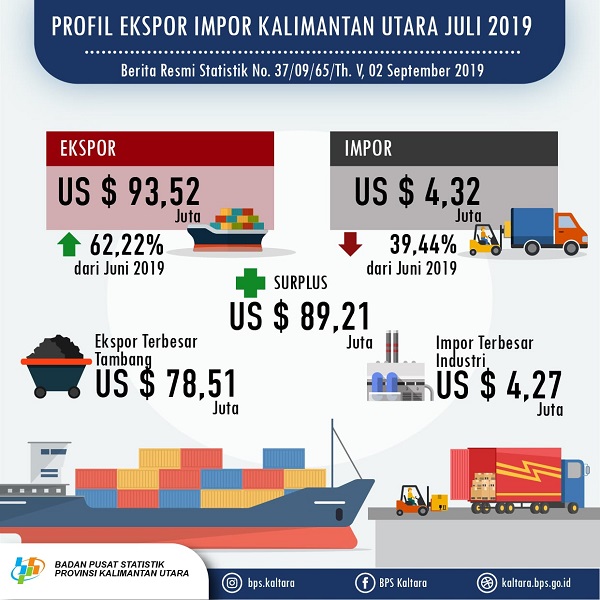

It includes the ability to read and communicate the meaning of data. Statistical literacy is generally defined as the ability of an individual or a group to understand and comprehend statistics . Amidst the present-day hoax and fake news, the need to reinforce the ability for the public users to understand figures and evaluate information are deemed increasingly urgent.

The ability for the public to understand statistics is a prerequisite for successful communication. Nowadays, statistical literacy has become a concern of every National Statistics Office (NSO) around the globe. LiteRate hopes to increase statistical literacy in Indonesia as BPS continues to generate statistics that leave no one behind. Effective visualization techniques will empower users to quickly gain insight, see patterns, correlation, outliers, and view statistics across topics and areas. LiteRate aims to improve the public’s ability to understand the online data of the BPS’ by utilizing web scraping and headless browsers to produce ready-to-visualize data frames. To tackle this gap, we developed liteRate which is an interactive web-based visualization/exploration tool that is based on the Shiny R. These data are presented in the form of tables and static graphs that are monotonous and the lack of interactivity discourages users from exploring the data more. However, the visualization of these data seems to be lagging. As the leading portal in presenting trusted data in Indonesia, the Badan Pusat Statistik (BPS) website provides complete data that covers various areas, subjects, and domains. This statement is not only related to how fast the data is available, but also how fast the data can be understood. Thai, International Journal of Quality and Service Sciences, 7, 3:170–183 (2015).The longer a decision-maker has to wait for the statistics, the less useful they are likely to be. Sharma, International Journal of Bank Marketing, 33, 4:404–422 (2014). Yang, Asia Pasific Journal of Marketing and Logistics, 23, 3:386–410 (2011). Babin, Multivariate Data Analysis, New Jersey: Pearson Prentice Hall (2010). Wang, The International Journal of Organizational Innovation, 6, 3:31–41 (2014). Barr, International Journal of Contemporary Hospitality Management, 27, 1:2–7 (2015). Statistik Transportasi Darat Kota Surabaya 2015, Jakarta: Badan Pusat Statistik Indonesia (2015).

Statistik Transportasi Darat 2017, Jakarta: Badan Pusat Statistik Indonesia (2017).


 0 kommentar(er)
0 kommentar(er)
